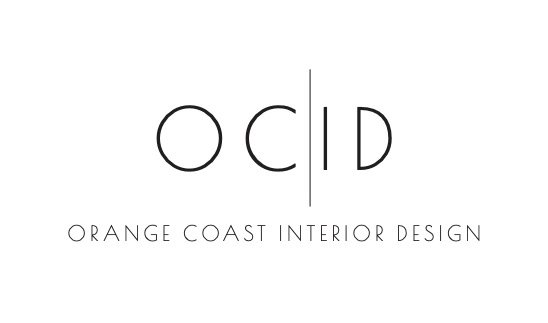Interior Design Elements: Crucial Factors You Need to Know
Contemporary interior design involves more than just picking out the right drapes and pillows. The major job of a designer is to create a space that makes people feel comfortable and makes them want to stay. However, this doesn't mean that elements to pull the room together should be overlooked or belittled! In truth, interior design plays a major role in everything.
To begin with, interior design is not just a matter of art: there's a science to it, too!
Interior Design Matters
A significant part of how interior design works is reactive: it's how people's bodies and brains react to their environment, particularly their immediate surroundings. This is why an interior designer plays a major role. They will be able to direct a person's sensations and feelings in a positive direction, enticing them to spend more time in a certain room.
Several artistic methodologies are applied by interior designers in order to shape perceptions and "deceive" the mind when it comes to interior spaces. Yes, this means that interior design is a lot like a mind game. Thankfully, it's not a vast or complicated process at all!
Here are crucial interior design elements you need to know about:
1. Lighting
Chances are you're already familiar with this, given the term "mood lighting." Playing around with shades can make a major difference. A room can seem bigger with natural light, but in the absence of that, artificial lighting can be manipulated to mimic it.
2. Lines
There are three types of lines used in terms of interior design, namely, dynamic, horizontal, and vertical. They all play a major role in how the brain views space. Vertical lines, for example, are ideal for giving an airy feel to a space. For something more secure, earthy, stable, and cozy, horizontal lines are best.
3. Pattern
Many people tend to think that walls are the only place for patterns in a space. Interior designers will know where else they would be ideal for the space you want. After all, patterns can actually be used anywhere! You can incorporate them into the following:
Drapes
Picture frames
Pillows
Woodgrain
4. Shape or Form
When a collection of lines end up producing a shape, this is called a form. Lines essentially lead to shapes, whether they're dynamic, vertical, or horizontal. Shapes formed could either be natural (curved) or geometric (angular), closed, or open.
An interior designer who's well-versed in your style and preferences can mix and match forms to give you the desired feel.
5. Space
This probably goes without saying, but it's well worth mentioning anyway. That's because it's the most vital element to consider. A prime example is the wildly popular (especially on home improvement television shows) "open concept" floor plan. Positive and negative spaces are balanced at this point.
Negative Space - This is generally when the room/space is strategically "empty" and has a loft vibe with an "open" feel.
Positive Space - This is when the room/space has decor strategically placed for certain purposes, like a kitchen island and dining table.
Conclusion
Interior design is a vital factor for any space. Hiring an interior designer will go a long way in achieving the dream look and feel in a room. Crucial interior design elements and factors include space and lighting.
Looking for Orange County interior decorators? Reach out to Orange Coast Interior Design today! We aim to create beautiful spaces that don’t just reflect the needs of our clients but their unique personalities as well.
